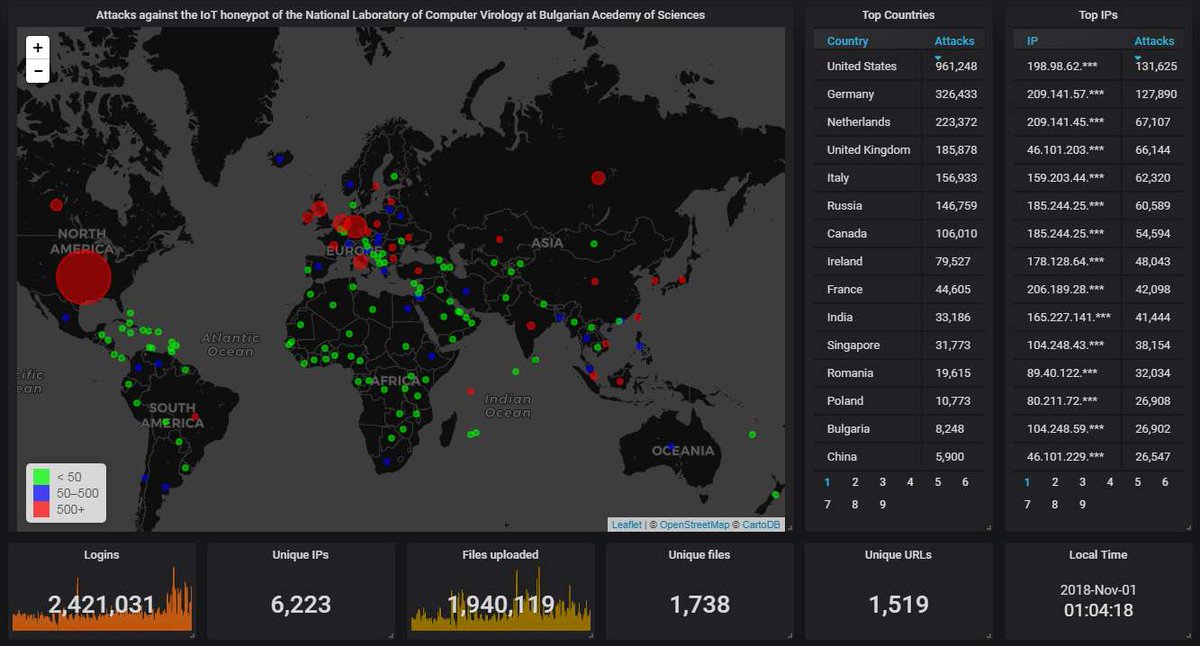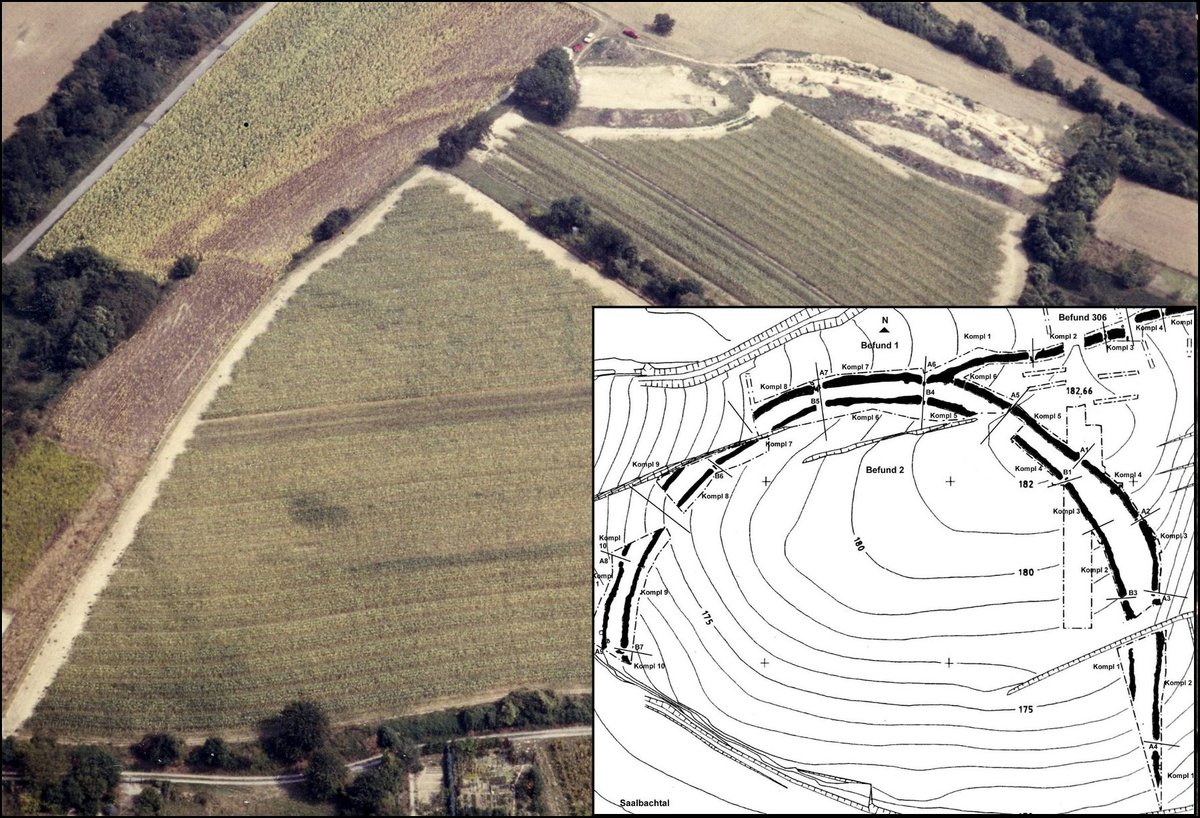You are looking at the raw file with a hex editor and are seeing stuff that's in unallocated clusters that aren't part of the OLE2 stream structures at all. You need a more intelligent tool.
Take a look:
Module1
UserForm1
ThisDocument
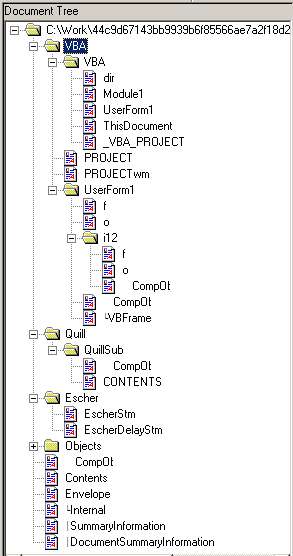
Module1:

See that FE CA marker? That's the line table, if I remember correctly. Also small and empty.
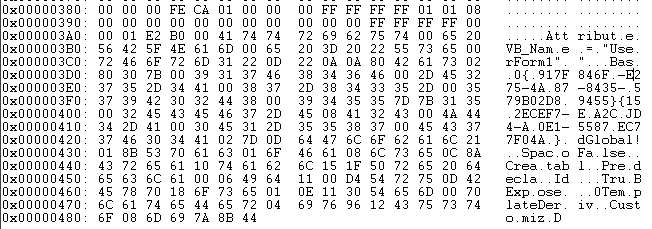
The source code is small and empty, alright (look at the second image). But it is preceded by a LARGE area of zeroes, where the p-code normally ought to be.
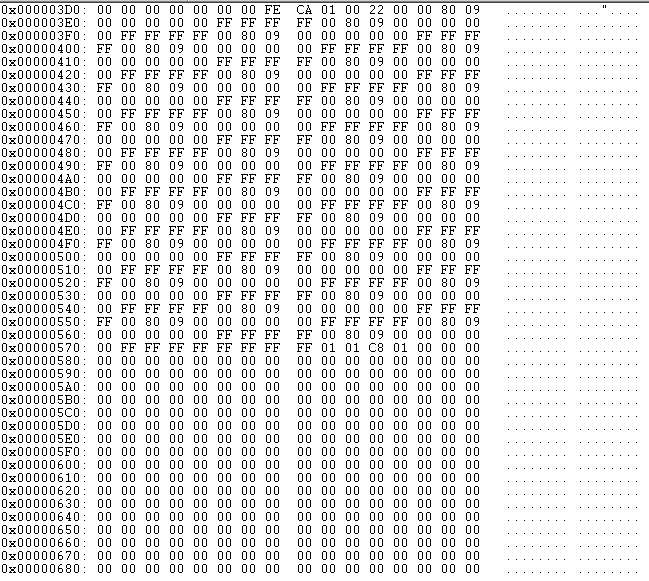
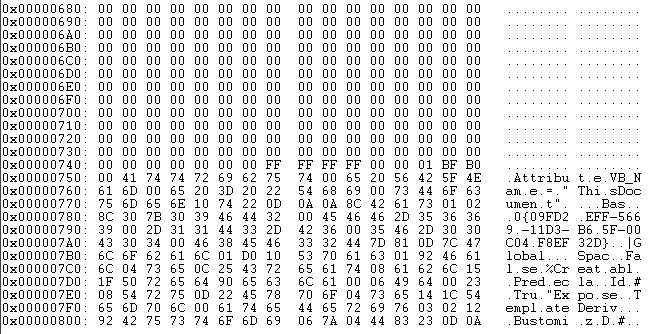
However, if the thing contained empty lines naturally, it wouldn't have such a large area of zeroed-out p-code.
This is weird.
I don't know what has caused this. Don't think it's an AV, but it doesn't seem normal, either.

